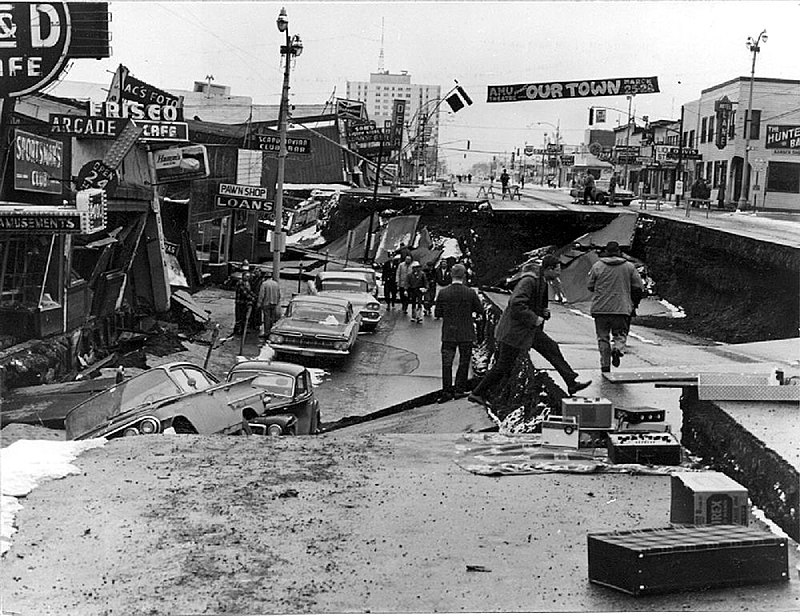1964 Great Alaska Earthquake: The Devastating Tremor of Good Friday
March 27, 1964, was the day of a major disaster in Alaska, known as "Good Friday" and etched in history. The Great Alaska Earthquake, with a magnitude of 9.2, went down in history as the largest earthquake recorded on the North American continent. This tremor not only affected Alaska but also the entire Pacific Ocean, leading to a destruction with consequences that lasted for years.
The Formation and Magnitude of the Earthquake
The Great Alaska Earthquake occurred in the subduction zone, the collision zone of the Pacific and North American plates. The tectonic movements in this region caused a large amount of energy to accumulate and eventually be released. The magnitude of the earthquake was measured as 9.2 on the moment magnitude scale. The earthquake lasted approximately 4.5 minutes, during which the earth's crust shook violently.
Effects of the Earthquake
The Great Alaska Earthquake went down in history not only for its magnitude but also for its widespread effects. After the main shock of the earthquake, aftershocks continued for months. These tremors caused the collapse of already damaged buildings and the formation of new landslides.
- Tsunami: One of the most devastating effects of the earthquake was the massive tsunamis that formed in the Pacific Ocean. After hitting the Alaskan coast, the tsunamis reached Canada, the west coast of the USA, and Hawaii. The cities of Seward and Kodiak in Alaska, in particular, suffered extensive damage from the tsunami waves.
- Landslides: The earthquake caused numerous landslides in the mountainous regions of Alaska. Landslides changed the flow of rivers, caused dams to overflow, and led to floods. Especially in the city of Anchorage, major landslides occurred and caused serious damage in the city center.
- Soil Liquefaction: The earthquake caused soil liquefaction. This event caused the soil to change from a solid to a liquid state and caused buildings to sink or collapse. This situation was observed in Anchorage and many surrounding areas.
- Economic and Social Effects: The earthquake dealt a major blow to the Alaskan economy. Thousands of homes, businesses, and infrastructure facilities were destroyed. Millions of dollars in damage occurred. The earthquake caused deep trauma in Alaskan society, and the recovery process lasted for years.
Scientific Significance of the Earthquake
The Great Alaska Earthquake was a significant milestone in the fields of seismology and geophysics. This earthquake provided scientists with valuable information about tectonic processes in subduction zones, the formation of large earthquakes, and the propagation of tsunamis. Research conducted after the earthquake contributed to the development of earthquake predictions and tsunami warning systems.
Lessons Learned from the Earthquake
The Great Alaska Earthquake provided important lessons in earthquake preparedness and disaster management. This earthquake once again demonstrated the importance of sturdy structures, the necessity of tsunami warning systems, and the vital importance of emergency plans. After this earthquake, Alaska and the USA developed earthquake-resistant building standards and took significant steps in disaster management.
Conclusion
The 1964 Great Alaska Earthquake is considered one of the greatest natural disasters in history. This earthquake caused a disaster that affected not only Alaska but the entire Pacific Ocean, with consequences that lasted for years. The lessons learned from the earthquake continue to be an important guide in earthquake preparedness and disaster management.





_edit_1047335234717271%20(1).jpg)
_edit_1047335234717271%20(1).jpg)

_edit_1047335234717271.jpg)
_edit_1047335234717271%20(1).jpg)
0 Comments